Volunteering with animals is an exciting and rewarding experience and we know you are eager to get started! You may have a lot of questions about what is involved by becoming a volunteer at Sydney Dogs & Cats Home. We have answered your frequently asked questions and compiled some things to consider before becoming a volunteer. If you have further questions, please feel free to email the Volunteer Coordinator at volunteer@sydneydogsandcatshome.org.
WHAT DOES IT MEAN TO BE ON OUR VOLUNTEER TEAM?
Our volunteers play a huge part in looking after the animals in our care and demonstrate commitment, empathy, and drive. Volunteering is both fun and rewarding!
As a kennel hand/cattery volunteer, almost all tasks are shared across staff and volunteers, except for ‘staff only’ tasks. From cleaning to dog walking and kitty cuddles, we share it all!
WHAT TYPES OF VOLUNTEERING CAN YOU GET INVOLVED IN?
- Kennel hand/cattery assistant
- Reception and administration duties
- Community events and programs
- Foster caring (if you are interested in becoming a foster carer, please also fill out the foster carer form)
- Animal transport
- Adhoc projects (such as IT, handy-work etc)
IMPOUND FACILITY
Sydney Dogs & Cats Home is Sydney’s only charity impounding facility, as well as being an animal rehoming shelter. You may encounter some potentially confronting animal welfare situations at our shelter. Please consider the emotional aspect of working in an environment such as this, before committing to a volunteer position.
STUDENT PLACEMENTS
We regularly offer student placements at our kennels in Austral. This is suitable for anyone completing TAFE Animal Studies certificates or anyone doing university courses in animal care/veterinary sciences. Placements may be negotiated as 5–10-day blocks or extended ongoing weekly or fortnightly shifts.
Once you have completed an Expression of Interest, please contact the Volunteer Coordinator if you require any further information about a possible placement opportunity.
COMMITMENT
We ask all volunteers to commit to the shifts/events or tasks they have agreed to, communicating any changes or cancellations in advance
Our kennel/cattery volunteers are asked to commit to at least one shift per fortnight for a period of 4 months. This ensures that volunteers gain the necessary skills to become trusted members of our team and are able to provide the best care for our residents. More shifts are possible, depending on availability as well as the capability of an individual to perform tasks in a fast-paced environment.
We have a regular weekly roster for Volunteer Animal Care and Reception assistants. The kennel shifts are 8.30am to 12.30pm and 12.30pm to 4.30pm, while the cattery shifts are 8.30am-12noon. Reception shifts are 10am-3pm. One-off events and ad hoc projects are arranged as they happen.
YOUR CONTACT INFORMATION
Sydney Dogs & Cats Home regards the security of personal information as a priority and will endeavour to protect it at all times. You may request access to your personal information held by Sydney Dogs & Cats Home at any time by contacting the Home on (02) 9587 9611. We will add your name and contact details to our database, and we communicate with volunteers via email and a closed volunteer Facebook page/Whatsapp group.
STEPS TO BECOMING A VOLUNTEER
- Complete an Expression of Interest Form.
- Your form will be matched against our shelter’s needs relevant to availability and commitment. Not everyone will match our needs – we thank you in advance for your patience, as our volunteer coordinator works through the logistics.
- Within 1-4 weeks of your application, if your form is matched, you’ll be asked if you’re still available and invited to attend a 4-hour induction (a trial shift). This shift includes an information session with details on our history and future plans, who we are and what we do.
- During your induction, we work through several of the most common tasks to give you a good feel for a volunteer shift. This may include cleaning, animal enrichment time, covering relevant policies and procedures, general house rules and WHS (Work, Health & Safety) requirements.
- If successful, including that you enjoy your trial shift, we sign you up as a volunteer or student placement. We ask you to confirm your availability for future shifts and contribute $30 to cover the cost of a volunteer t-shirt.
- Before commencing your first shift, you will need to read our Volunteer Manual, sign all relevant pages, sign a Volunteer Agreement and provide (to sight) a photo ID.
We are deeply grateful for the support of our Volunteers and applicants. Please be aware it may take us up to 4 weeks to respond to your volunteer application for the first round. After that time, we may reach out to you again within 4-12 weeks to see if you’re still interested and available.
We appreciate your patience and encourage you to get in touch with other local animal rescue groups to enquire about volunteer opportunities.




 MON-SUN:
MON-SUN:
 02 9587 9611
02 9587 9611 INFO@SYDNEYDOGSANDCATSHOME.ORG
INFO@SYDNEYDOGSANDCATSHOME.ORG







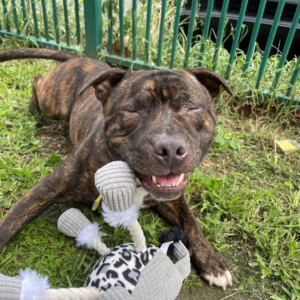
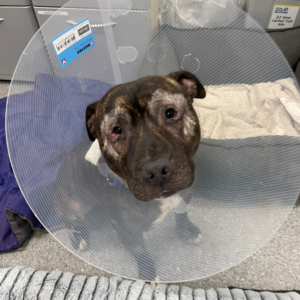
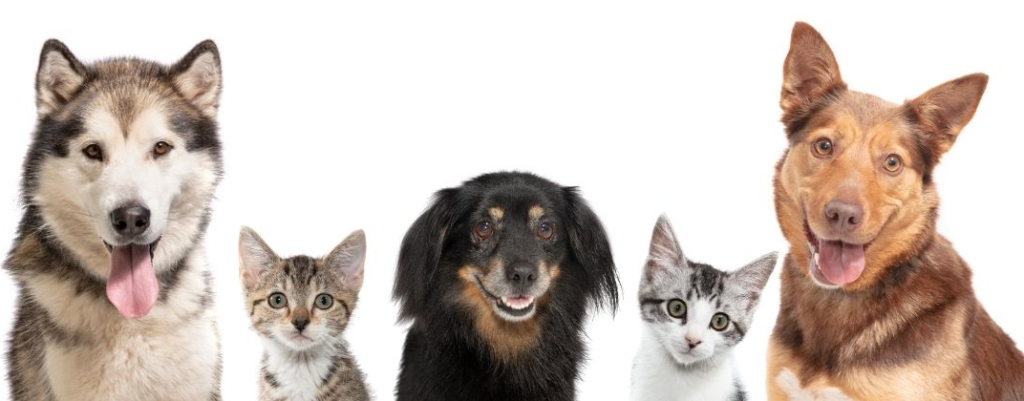
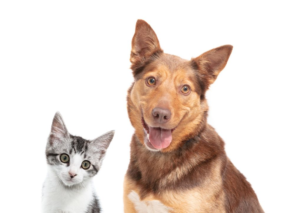
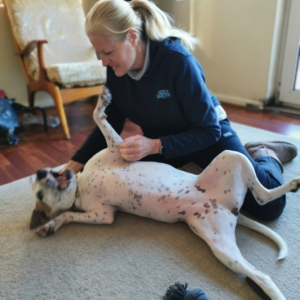
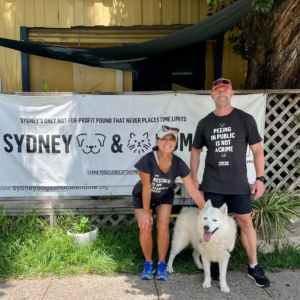
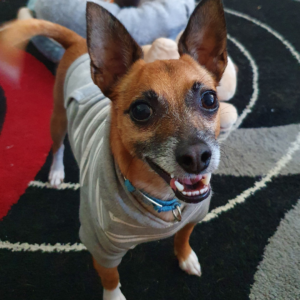
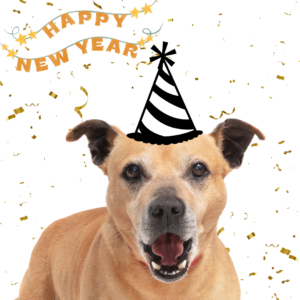
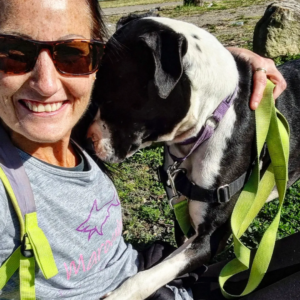
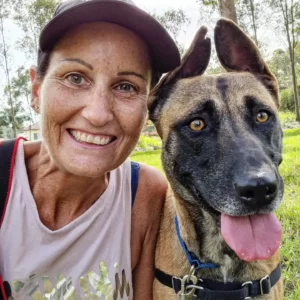

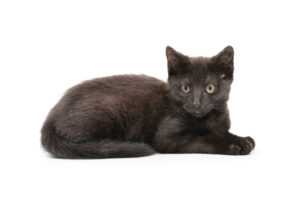

Recent Comments